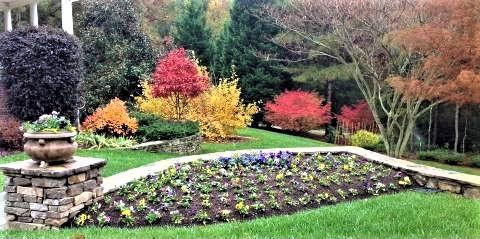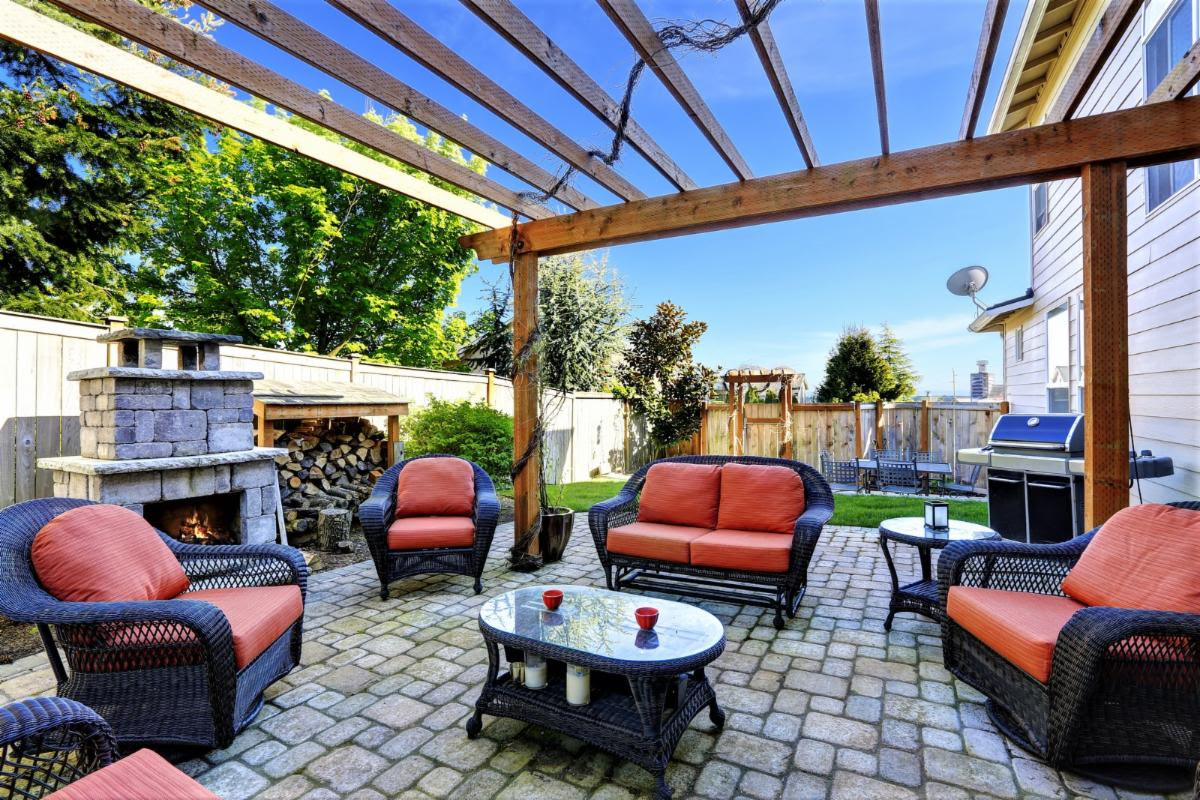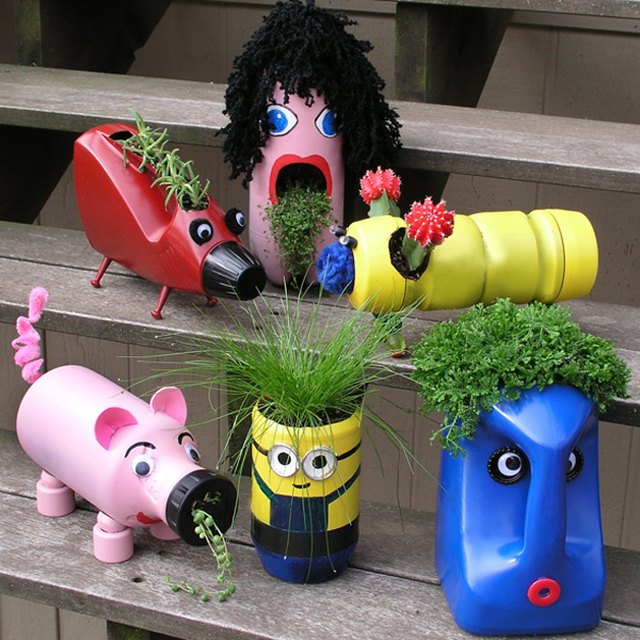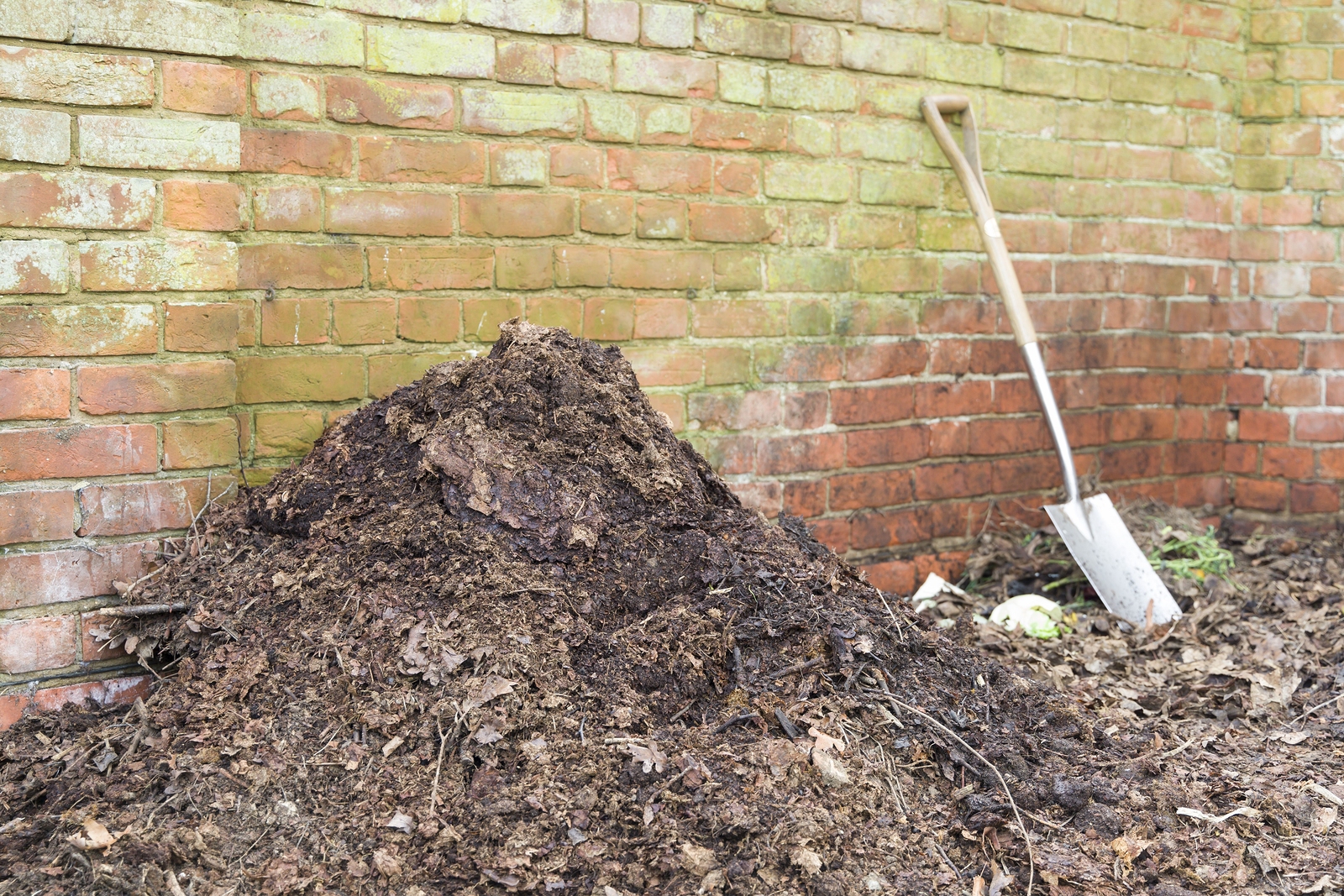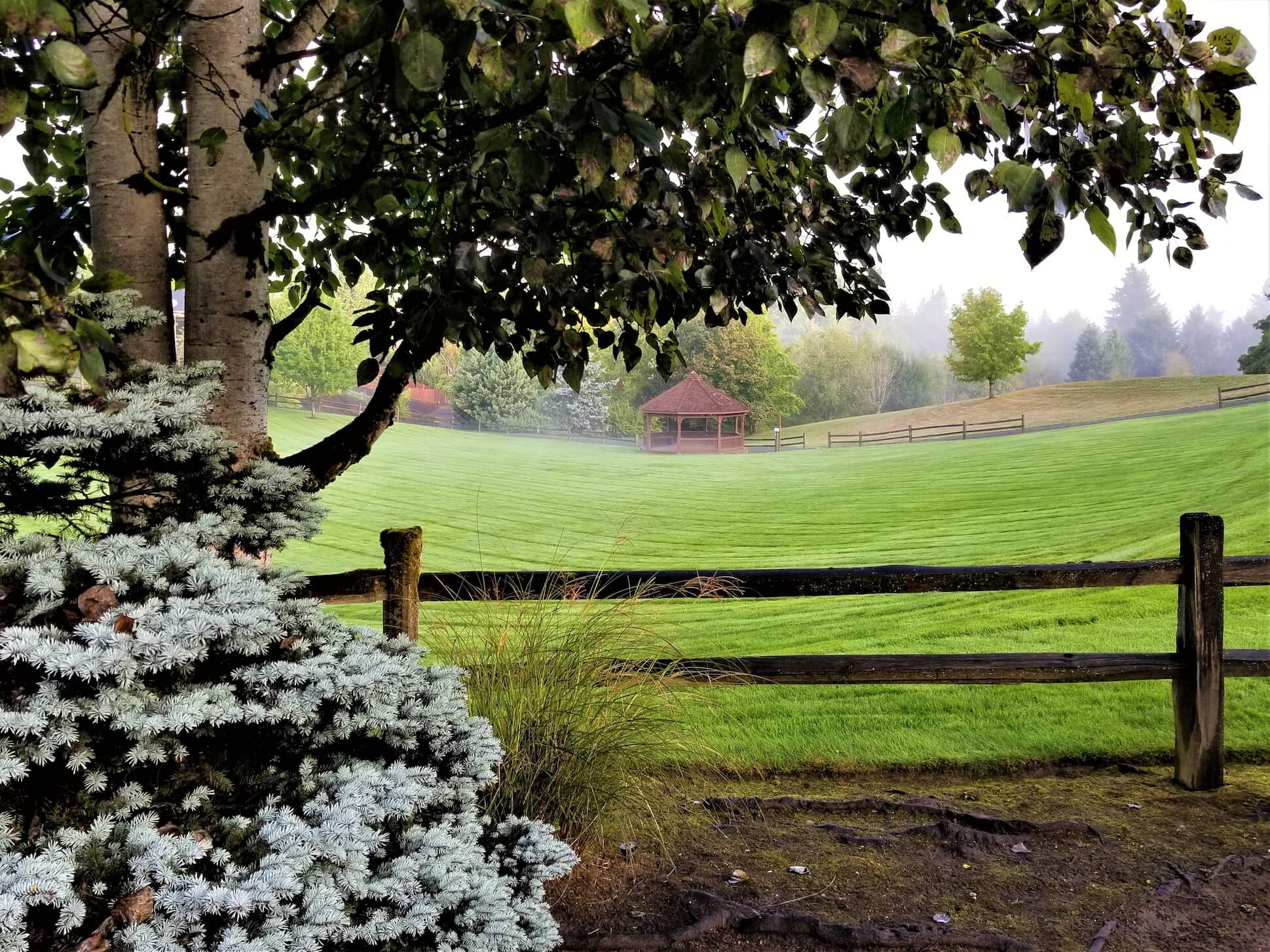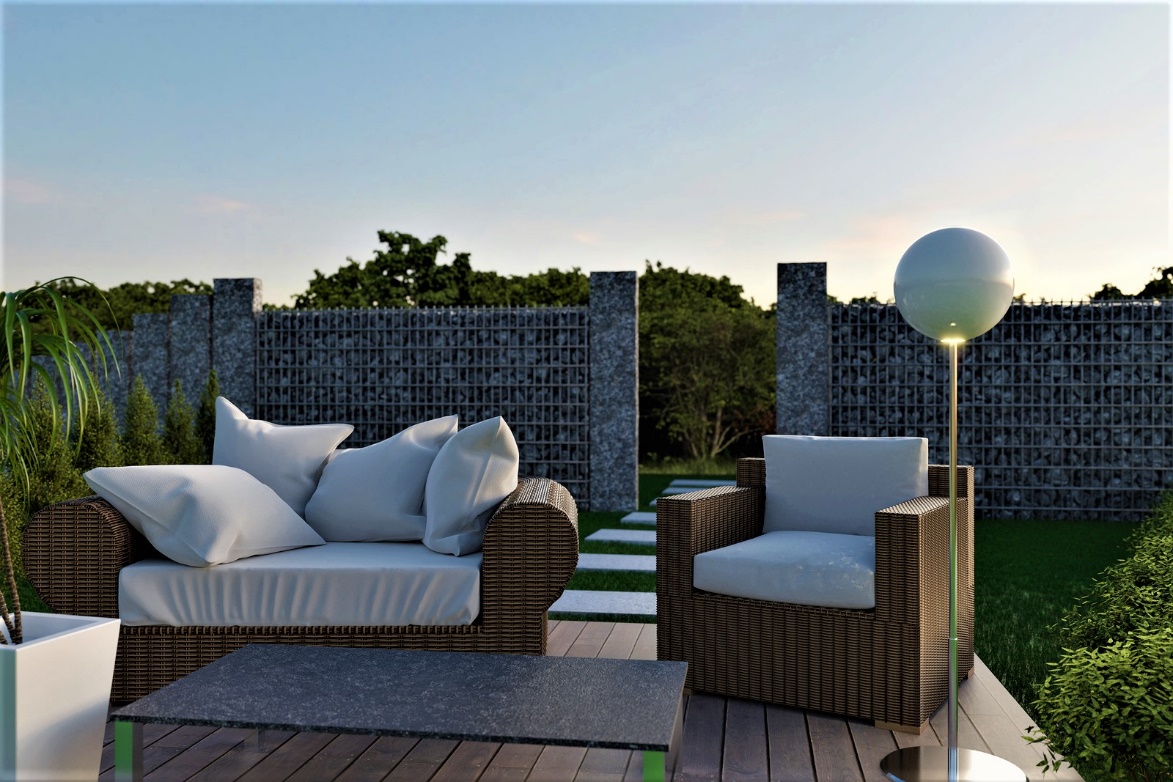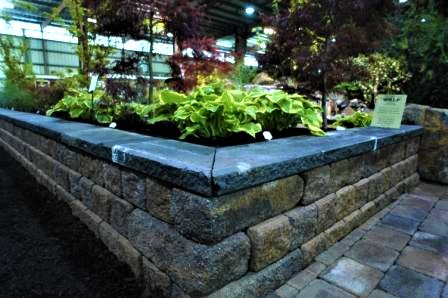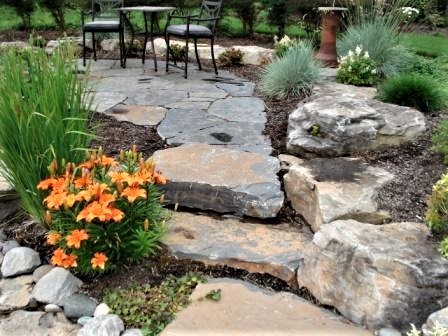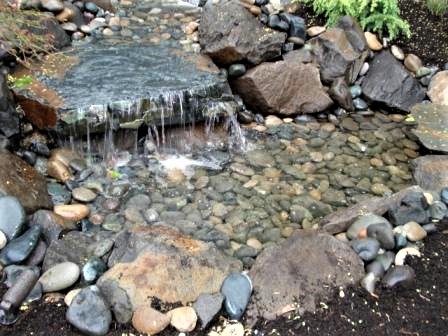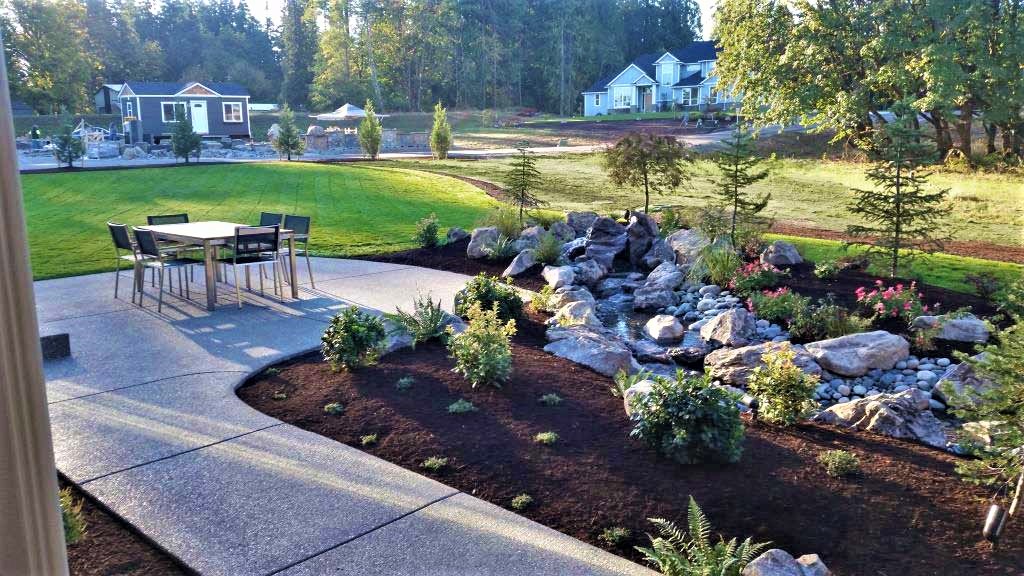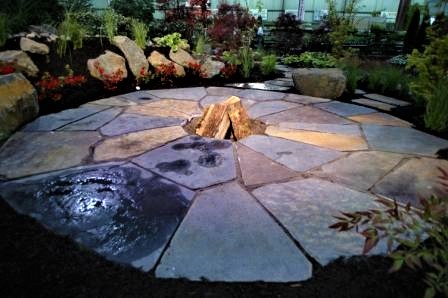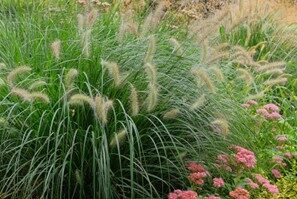
 Adding texture to your garden is a great way to make it stand out and look unique. By incorporating plants with various textures, you can create an eye-catching display.
Adding texture to your garden is a great way to make it stand out and look unique. By incorporating plants with various textures, you can create an eye-catching display.
From grasses to shrubs and succulents, many plants are spiny, peeling, or feathered in texture that can be added to your landscape.
Perennials for Texture
Perennials are a great way to add texture to your landscape. They come back year after year and can give your garden a unique and beautiful look. Perennials come in all shapes, sizes, and colors and can be used to create any garden design.
Consider plants such as:
- Sedum
- Elephant Ears (Bergenia)
- Sword Fern
- Wild Ginger
- Allium
- Astilbe
- Santolina Chamaecyparissus
- Lamb’s Ear
- Yucca
- Sea Holly
Ornamental Grasses for Texture
Adding ornamental grasses to your landscape is an easy way to add both texture and movement to your yard.
For those looking for year-round interest, ornamental grasses offer great value as many varieties can remain standing throughout the winter months. Their airy habit can soften a landscape and act as a backdrop for other plants in the garden.
When selecting ornamental grasses, consider the size of the mature plants and the amount of sunlight they will receive. Some varieties can reach heights of 4-6 feet and require full sun, while others stay relatively low in height and prefer partial shade.
- Deschampsia
- Carex
- Orange Sedge
- Northern Sea Oats
- Black mondo grass
No matter which type of ornamental grass you choose, cutting back the foliage at least once a year is important to keep the grass healthy and encourage new growth. This task is best done in late winter or early spring before new growth begins.
Shrubs for texture
Shrubs are a great way to add texture and depth to your landscape. Whether you’re looking for evergreen shrubs, flowering shrubs, or low-maintenance varieties, many options give your garden year-round texture and interest.
Popular shrubs to include:
- Red twig dogwoods
- Japanese holly
- Evergreen huckleberry
- Oakleaf hydrangea
- Smokebush
No matter what type of shrub you choose, be sure to research it thoroughly before planting. Each type of shrub has different requirements for light, water, and soil, so you want to make sure you pick one that will thrive in your garden.
 Textural Trees
Textural Trees
Trees are a great way to add texture to your landscape. They can provide privacy and protection from harsh winds and intense sunlight.
Try the following trees:
- Raywood’s Weeping Arizona cypress
- Pacific Madrone
- River Birch
- Hinoki false cypresses
- Thunderhead Japanese Black Pine
When selecting trees for your landscape, consider the mature size of the tree, as well as its growth rate. Think about where you plan to plant the tree, such as an area with direct sunlight or a more sheltered location with dappled light.
Need help with your landscape design or pairing plants with your hardscapes? Call us for a free consultation at (360) 574-8979.
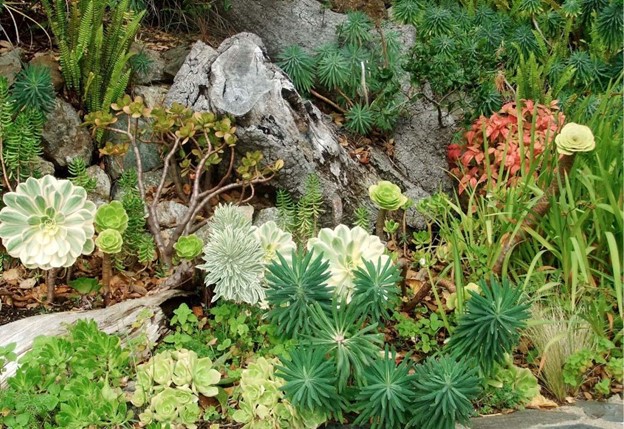
If you’re looking to reduce your water consumption, there’s no better place to start than your own yard. Whether you’re planting annuals or putting in new shrubs and trees, there are plenty of drought-tolerant gardening tips you can follow to create a beautiful garden with less water.
Drought-Tolerant Plants for the Garden
The best plants for low-water gardens are xeric plants (from the Greek word meaning dry) which are hardy and do well in dry climates. These plants have developed over time to be drought tolerant and use less water than traditional garden varieties.
Trees
Deodar Cedar
Norway Spruce
Smoke Tree
Shrubs
Arbutus unedo ‘Compacta’
Ceanothus
Mugo Pine
Pacific Wax Myrtle
Perennials
Lavender
Rosemary
Echinacea
Hebe
Sweet Potato Vine
Fountain Grass
Daylilies
Another option is drought-tolerant ground covers like creeping thyme or purple sage. These types of plants will not only make your garden look lovely but will help conserve water as well!
These plants will still need to be watered during dry spells for the first year or two until they become established. Once established, these water-thrifty plants will save you time.
Keep your soil in check with mulch
Compost and mulch are two of the easiest ways to retain moisture in your garden. A layer of mulch can cut down on water consumption by up to 50%. Compost is also an excellent addition to any soil because it will increase the amount of organic matter present in the soil. Organic matter increases the water-holding capacity of soils and improves nutrient availability. These two materials will both help you create a beautiful garden that won’t need much watering!
 Plant closer together
Plant closer together
Plant trees and shrubs closer together to provide shade and reduce the need for watering. Put large plants in the center of your garden, or place small plants around them to offer them some protection from strong winds.
Use Stones for Visual Interest
Using stones is one way to add interest to your garden. Stones are natural materials that are found in nature and can be used as focal points in your landscaping. They can also be used to create paths throughout the garden as well as act as barriers and even create shade around plants that need to be protected from the sun.
Dry Creek Beds
You may want to consider adding a dry creek bed to your drought-tolerant landscape. A dry creek bed is a type of garden design that mimics the natural environment by including rock or gravel as pathways and raised beds where plants can be planted.
Install a Water Feature
Installing a fountain in your drought-tolerant garden can actually help reduce water consumption. Typically fountains use about 3 gallons of water per hour. A typical backyard fountain can use up to 300 gallons of water per day. If you are using an electric pump then the cost is more as well. An aerating fountain only uses 3-5 gallons of water per hour. This type of fountain recycles the same amount of water over and over again without ever recharging the reservoir tank with new water.
Landscape Drainage Solutions to Help Problem Areas
We get our fair share of rain in the Pacific Northwest, so it’s not uncommon to have some landscape drainage issues. Adding a rain garden or a dry creek bed are great drainage solutions that can even enhance the look of your landscape.
Water drainage problems in your yard decrease property value and can lead to costly water damage to your house and other structures, as well as plant and turf damage. With a little planning, you can alleviate your drainage issues to protect not only your yard but also your home.
How to Check Your Yard for Drainage Issues
 Pay attention to where the trouble spots are in your yard. Are there slopes that could be leveled out, mulched, or other materials added for draining? Is there an area with runoff from the driveway or gutters?
Pay attention to where the trouble spots are in your yard. Are there slopes that could be leveled out, mulched, or other materials added for draining? Is there an area with runoff from the driveway or gutters?
To get a rough idea of where the problems lie, take advantage of heavy rains to watch what happens to the water. Does it gush from the gutter and flood your flower bed or pool below your deck? Is there an area in your yard that becomes a swamp – or that remains swampy all year? Lawns and plants will die and/or become susceptible to disease and pest problems if they’re not able to dry out.
Does water run across the driveway or into the street during a hard rain or, worse yet, soak areas around your home’s foundation? In some cases, the grade was not established correctly and did not take into account that the ground should slope down and away from the house.
Level a sloping yard. To avoid incoming water, the ground should always slope away from your home in all directions. Locate the high and low points of your home and use extra soil to slope the yard away from your house. Melting snow and rain will flow away from your home.
Landscape Drainage Solutions
Native Plants
Choose native plants that prevent flooding in your yard. Native plants can help to prevent soil erosion while also allowing rainwater to drain more efficiently. Some selections for our area are Slough Sedge, Western Columbine, and Pacific Ninebark.
Mulch
Using mulch in your garden can prevent water from flowing toward your home. In garden areas, grade away from your home and fill with a few inches of mulch. This will help keep soil in place and hold in rainwater. If mulching near your home, make sure the mulch is at least six inches from your siding to avoid moisture wicking and rotting of your home’s exterior.
Rain Garden
Consider planting a rain garden. Rain gardens are the perfect solution for curbing erosion and improving water quality. They collect rainwater and water that runs from your gutters and downspouts, creating runoff and filtering it away from your house. They are often created in shallow, landscaped depressions, which helps to naturally absorb rainwater in the ground.
Dry Creek Bed
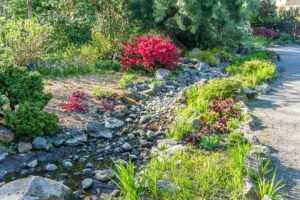 Install a dry creek bed to provide attractive and functional relief, especially if your landscape has standing water.
Install a dry creek bed to provide attractive and functional relief, especially if your landscape has standing water.
Dry creek beds are an excellent choice for addressing places in the landscape that are hard-hit by heavy rains. While a flat place in the yard may benefit more from a simple lawn drain, gradients and hillsides need the water capacity and speed that a dry creek bed can provide during extreme conditions. This drainage solution can be a nice addition to the look of your landscape by using different-sized rocks, boulders, and plantings.
French Drains
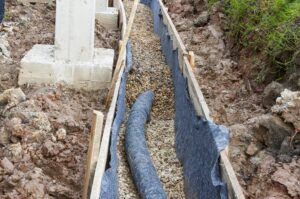 French drains are the most commonly used means of collecting, conducting, and discharging water. This is a trench filled with gravel, sand, or rock (depending on application) and containing a perforated pipe that redirects surface water and groundwater away from an area. The perforated (“weeping”) pipe also allows small amounts to seep into the ground along the way.
French drains are the most commonly used means of collecting, conducting, and discharging water. This is a trench filled with gravel, sand, or rock (depending on application) and containing a perforated pipe that redirects surface water and groundwater away from an area. The perforated (“weeping”) pipe also allows small amounts to seep into the ground along the way.
Frontier Landscaping offers landscape drainage services. We have years of experience with designing and implementing features that effectively carry water away from problem areas. Our expert installation team will determine the best place to collect excess water, the best method and route to conduct it, and an appropriate discharge point. We do the clean-up, too! Give us a call today!

 Adding texture to your garden is a great way to make it stand out and look unique. By incorporating plants with various textures, you can create an eye-catching display.
Adding texture to your garden is a great way to make it stand out and look unique. By incorporating plants with various textures, you can create an eye-catching display. Textural Trees
Textural Trees
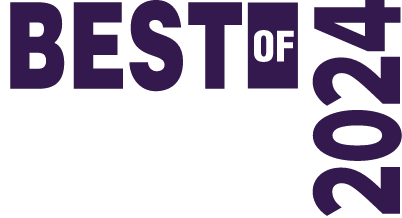

 Plant closer together
Plant closer together


